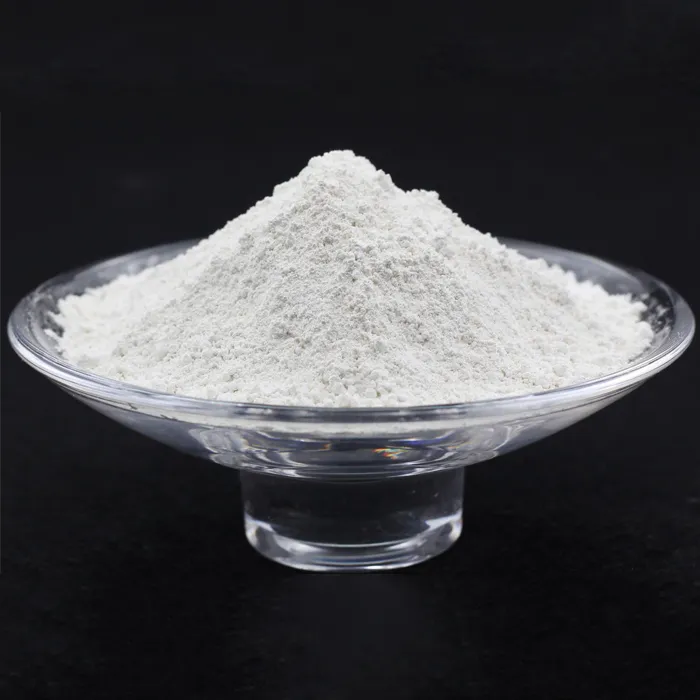Understanding the Role of APIs in Pharma Key Examples
Active Pharmaceutical Ingredients (APIs) play a crucial role in the pharmaceutical industry, serving as the heart of drug formulations. These substances are chemically active ingredients that provide the therapeutic effects of medications. Understanding APIs and their applications can provide valuable insight into the pharmaceutical manufacturing process, the importance of quality, and the impact of regulatory environments. This article explores key examples to highlight the significance of APIs in pharma.
What are APIs?
APIs are the components of a medication that produce the intended health effects in patients. A single drug may contain multiple APIs, along with excipients—substances that facilitate the drug’s delivery but do not have therapeutic effects. The development and production of APIs involve complex processes, ensuring that the substances are effective and safe for consumption.
Examples of APIs in Common Medications
1. Paracetamol (Acetaminophen)
One of the most widely used APIs, paracetamol is commonly found in pain relievers and fever reducers. Its mechanism of action primarily involves the inhibition of an enzyme responsible for producing prostaglandins, which are chemicals that promote inflammation, pain, and fever. The accessibility and effectiveness of paracetamol have made it a staple in over-the-counter medication.
2. Amoxicillin
.
Amoxicillin is a well-known antibiotic that belongs to the penicillin group. It is used to treat various bacterial infections such as pneumonia, bronchitis, and infections of the ears, nose, and throat. The API works by interfering with the formation of bacterial cell walls, ultimately leading to cell lysis and death. Its broad-spectrum efficacy has made it a first-line treatment for many infections.
3. Atorvastatin
api pharma examples

Atorvastatin, a statin used to lower cholesterol levels, serves as an example of an API in cardiovascular health. This compound inhibits the HMG-CoA reductase enzyme, which plays a critical role in the biosynthesis of cholesterol in the liver. By reducing cholesterol, atorvastatin helps prevent heart disease and stroke, highlighting the role of APIs in managing chronic health conditions.
4. Lisinopril
Lisinopril, an angiotensin-converting enzyme (ACE) inhibitor, is another important API. It is used to treat high blood pressure and heart failure. This medication works by relaxing blood vessels, which improves blood flow and lowers blood pressure. The significance of lisinopril in managing cardiovascular health showcases how APIs can directly influence public health outcomes.
The Importance of Quality Control in API Production
The production of APIs is a highly regulated process, with stringent quality control measures in place to ensure the safety, purity, and efficacy of each ingredient. Regulatory bodies such as the U.S. Food and Drug Administration (FDA) and the European Medicines Agency (EMA) set rigorous standards for API production. Companies must adhere to Good Manufacturing Practices (GMP) to mitigate risks associated with contamination, improper labeling, and incorrect dosages.
Future Trends in API Development
As the pharmaceutical industry evolves, the demand for innovative and complex APIs continues to grow. Advancements in biotechnology, personalized medicine, and nanotechnology are paving the way for the development of more targeted and effective APIs. Additionally, the push for sustainability and eco-friendliness is leading to the exploration of greener synthesis techniques in the API production process.
Conclusion
APIs are fundamental in the realm of pharmaceuticals, directly influencing the effectiveness and safety of medications used by millions. With examples ranging from paracetamol to atorvastatin, the diversity and complexity of APIs reflect the intricate nature of drug development. As the industry advances, the focus on quality, regulatory compliance, and innovation will ensure that APIs continue to meet the evolving healthcare needs of the global population.

